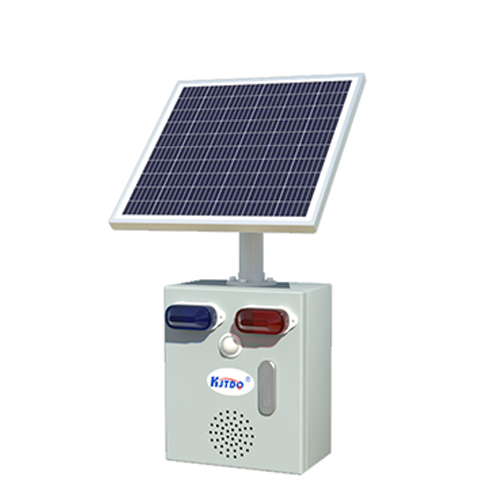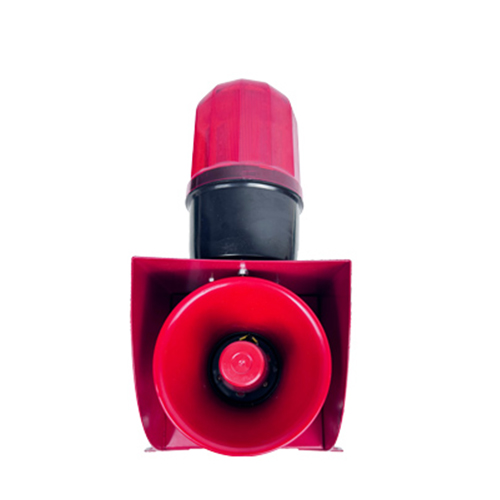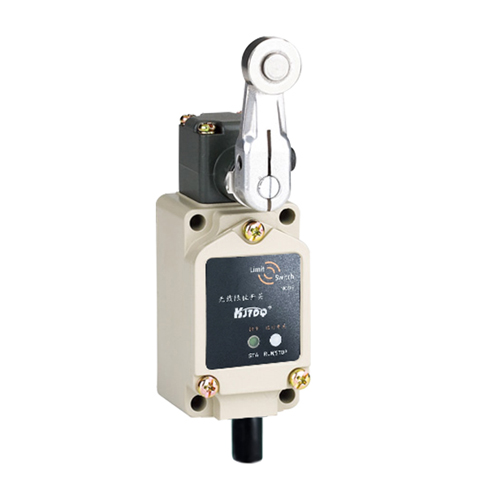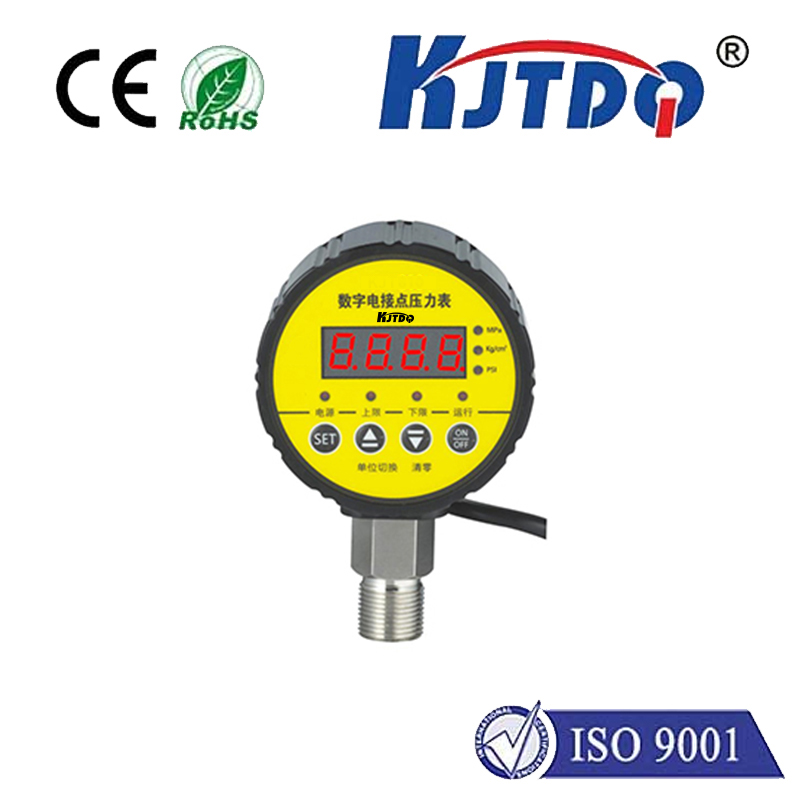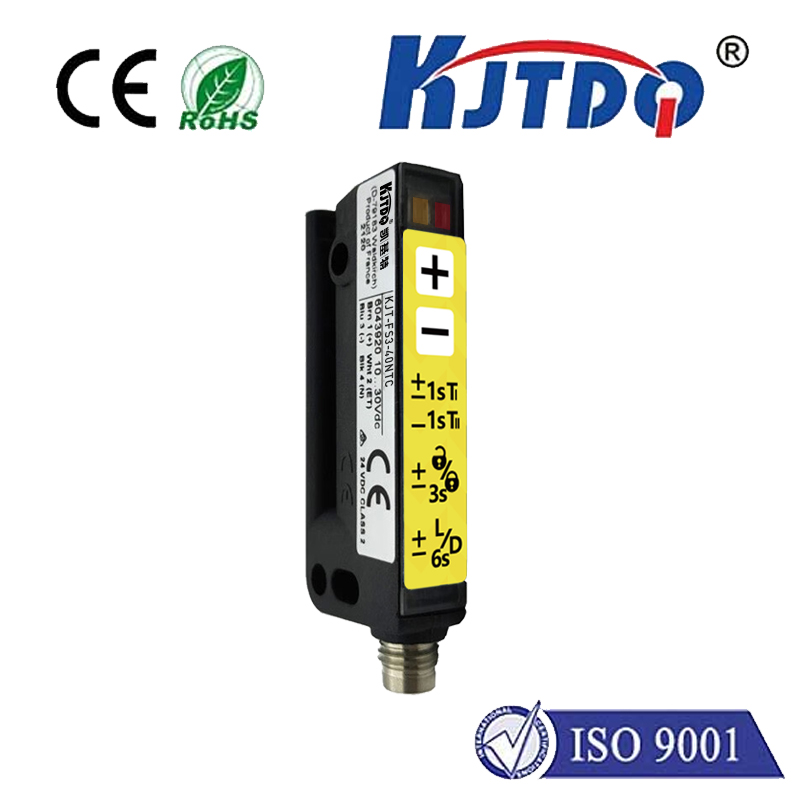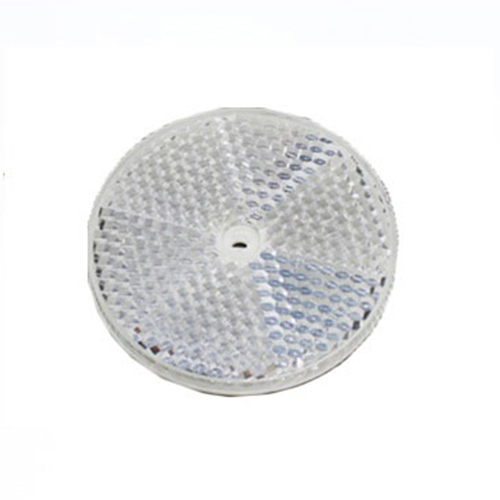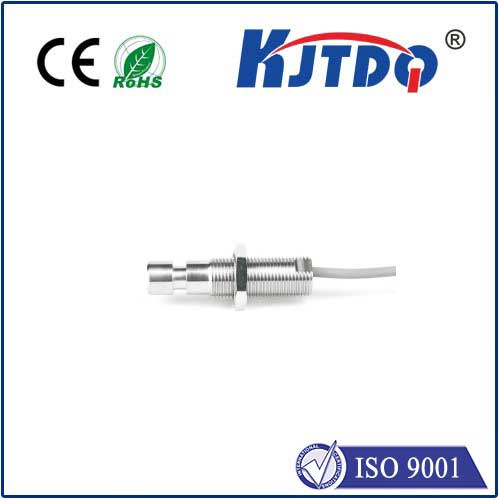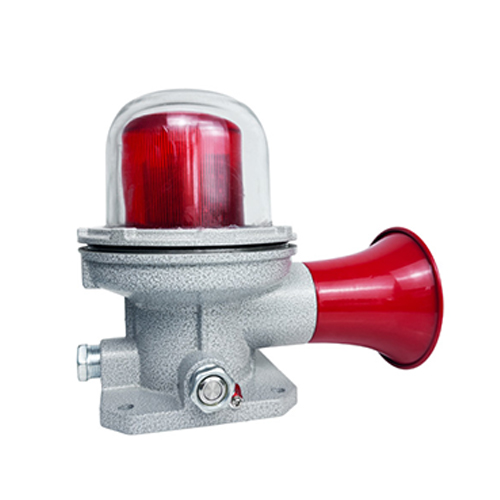laser oxygen sensor
- time:2025-08-28 04:35:12
- Click:0
Beyond Electrochemical: How Laser Oxygen Sensors Revolutionize Precise Gas Monitoring
Title: Laser Oxygen Sensors: The Cutting Edge of Accurate, Non-Contact Gas Analysis
We live in an atmosphere rich with it, require it for every cellular process, and harness it in countless industrial reactions. Oxygen – the vital gas – demands precise monitoring. Too little in a medical ventilator or confined space? Catastrophe. Too much in a chemical process or industrial furnace? Potential disaster or inefficiency. Traditional oxygen sensors have served us, often relying on electrochemical principles. But as demands for accuracy, reliability, stability, and non-intrusive measurement escalate, a superior technology has surged to the forefront: the Laser Oxygen Sensor.

Driven by the fundamental principles of Tunable Diode Laser Absorption Spectroscopy (TDLAS), laser oxygen sensors represent a paradigm shift. At their core, they exploit a unique property: molecules absorb specific wavelengths of light, acting like unique fingerprints. Oxygen molecules exhibit distinct absorption lines in the near-infrared (NIR) spectrum. A laser oxygen sensor precisely tunes a semiconductor laser diode to target one of these specific absorption lines. This finely controlled laser beam is directed through the gas sample. The amount of light absorbed by the oxygen molecules is directly proportional to the oxygen concentration within the gas path.
This seemingly simple principle unlocks a cascade of significant advantages over older sensor technologies, making laser oxygen sensors indispensable in critical applications:
- Unparalleled Precision & Accuracy: By targeting a specific, unambiguous absorption line of the oxygen molecule, TDLAS minimizes interference from other gases. This results in highly selective and accurate measurements, often achieving parts-per-million (ppm) level detection limits.
- Non-Contact Measurement: The laser beam traverses the gas stream without physically interacting with it. This means the sensor optics remain isolated from potentially harsh, corrosive, high-temperature, or high-purity gas environments by using robust optical windows. No sensor poisoning, no consumption of the sensing element.
- Minimal Calibration & Stellar Long-Term Stability: Unlike electrochemical sensors that degrade and require frequent recalibration (sometimes weekly or monthly), laser sensors have inherent stability. Their calibration typically remains valid for months or even years, drastically reducing maintenance downtime and operational costs. This long-term reliability is a game-changer for continuous monitoring applications.
- Blazing Fast Response Times: Laser absorption happens at the speed of light. Response times for TDLAS sensors are typically milliseconds to seconds, enabling real-time process control and rapid detection of critical oxygen level deviations. This is vital for safety systems and optimizing dynamic processes.
- Negligible Cross-Sensitivity: Because the sensor targets a specific oxygen absorption wavelength, it is largely immune to interference from common background gases like CO, CO2, water vapor (within operating limits), methane, and others that plague electrochemical and zirconia sensors. This ensures the reading you get is purely for oxygen.
- In-Situ Capability: Laser sensors excel at in-situ analysis. Measurement occurs directly within the process stream (e.g., inside a duct, stack, or reactor), eliminating errors associated with sample extraction, transport, and conditioning systems (which can alter gas composition).
These compelling advantages drive the adoption of laser oxygen sensors across a diverse range of demanding sectors:
- Emissions Monitoring (CEMS): Crucial for accurate, regulatory-compliant measurement of O2 (and often CO, NOx, SO2, etc.) in flue gases from power plants, incinerators, and industrial stacks. High dust tolerance and minimal calibration needs are key benefits.
- Combustion Control & Optimization: Optimizing oxygen levels in boilers, furnaces, and kilns is critical for fuel efficiency and minimizing NOx emissions. Laser sensors provide the fast, reliable feedback needed for tight control loops.
- Industrial Safety: Monitoring oxygen levels in confined spaces, inert gas blanketing systems (e.g., tanker holds, pharmaceutical reactors), and hydrogen-cooled generators is vital for preventing fires, explosions, or asphyxiation. The robustness and reliability of laser sensors are paramount.
- Semiconductor Manufacturing: Ultra-high purity gases require contamination monitoring at ppb levels. Laser sensors offer the sensitivity and non-contaminating measurement needed in cleanroom environments.
- Aerospace & Aviation: Monitoring oxygen in aircraft and spacecraft fuel tanks, life support systems, and ground support operations demands extreme reliability and accuracy.
- Biotechnology & Pharmaceutical: Precise control of oxygen levels is critical in bioreactors and fermenters for optimal cell growth and product yield. Laser sensors provide sterile, non-invasive monitoring.
- Medical Gas Analysis: While direct patient monitoring often uses different technologies, laser sensors are crucial for verifying oxygen purity in medical gas production lines, storage, and pipeline distribution systems within hospitals.
The evolution of laser oxygen sensor technology continues. Ongoing advancements focus on:
- Miniaturization: Developing smaller sensor heads and modules for integration into portable devices or space-constrained environments.
- Multi-Gas Capability: Integrating lasers targeting different wavelengths to measure oxygen concurrently with other gases like methane (CH4), carbon monoxide (CO), ammonia (NH3), or water vapor (H2O) in a single compact unit.
- Lower Cost of Ownership: While offering superior longevity and reduced maintenance, initial costs are often higher than basic sensors. Advancements in laser diode manufacturing and signal processing are steadily improving affordability.
- Enhanced Algorithms & Connectivity: Leveraging digital signal processing (DSP) and Artificial Intelligence (AI) for even better noise rejection, stability, and predictive diagnostics, coupled with Industrial Internet of Things (IIoT) connectivity for seamless integration into smart plant systems.
For applications where precision, reliability, low maintenance, and non-contact measurement are non-negotiable, laser oxygen sensors have become the undisputed standard. They transcend the limitations of older technologies, offering a fundamentally different, physics-based approach that delivers unparalleled performance in the most demanding environments. As technology matures and costs continue their downward trend, the reach of laser oxygen sensing is poised to expand even further, solidifying its role as the cornerstone technology for modern gas analysis.






